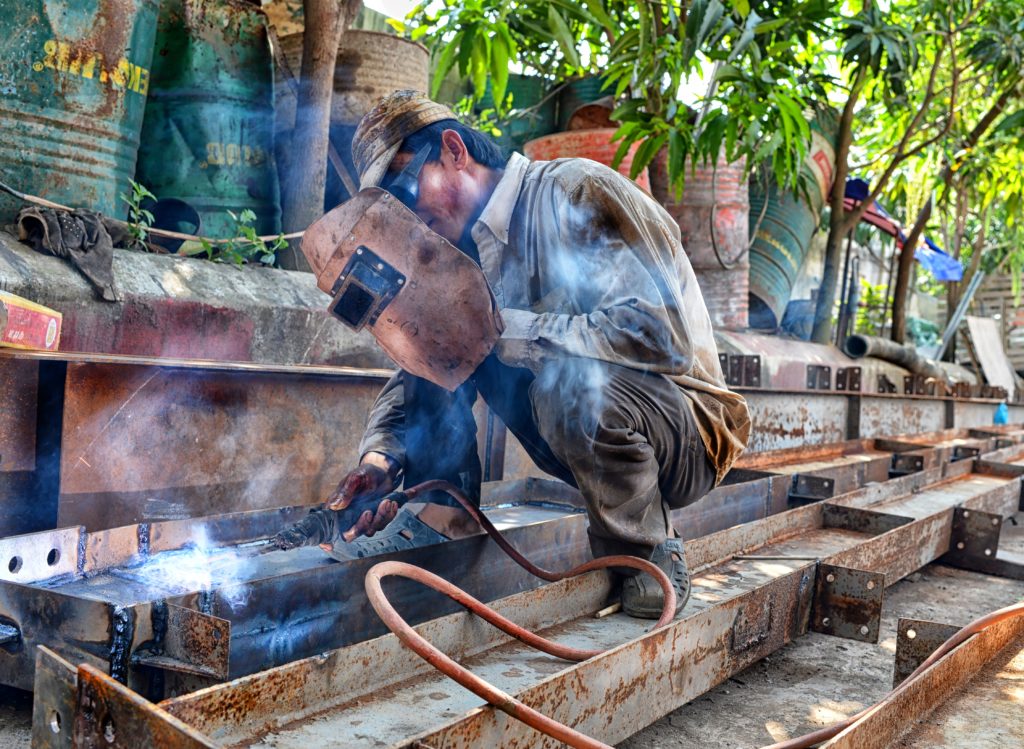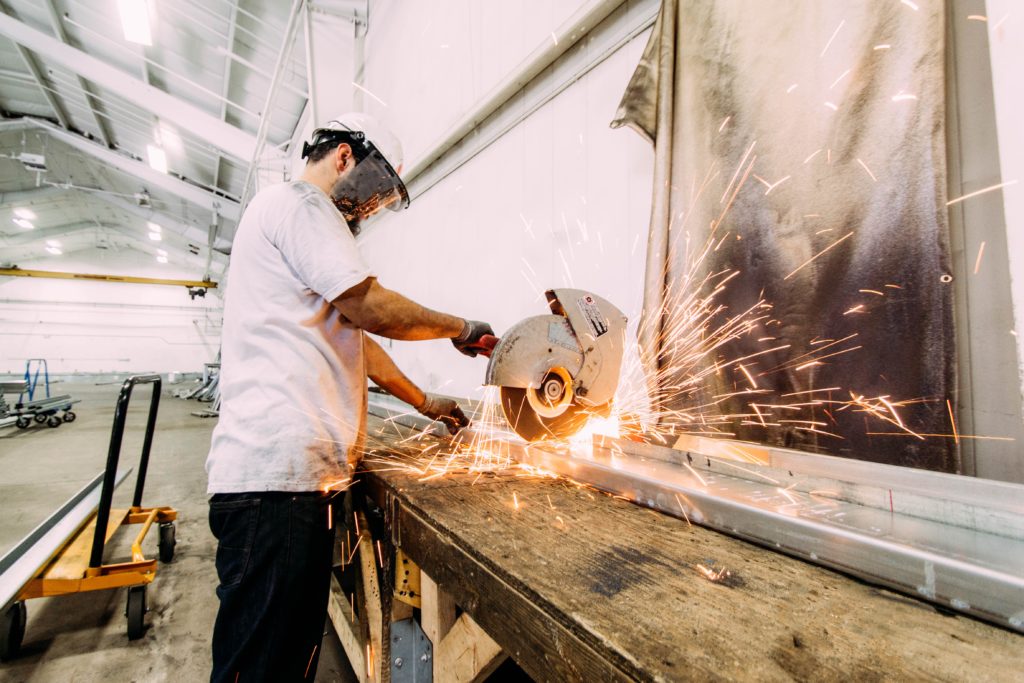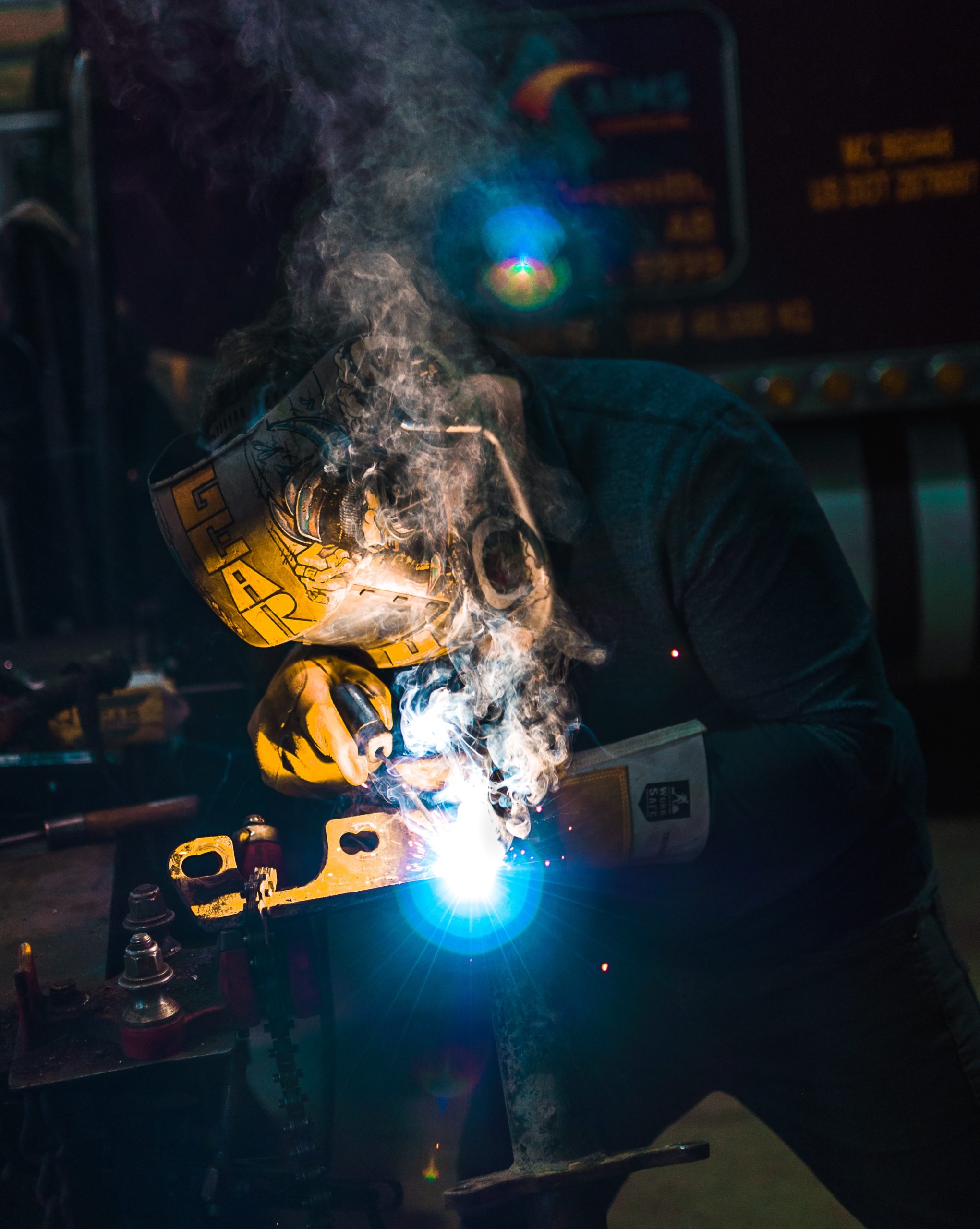Steel is the amalgam of carbon and iron. It is produced by exposing the ore into a furnace at high temperature so that the metal gets its ductility and density.
Steel fabricators in Melbourne and others use the machinery involved in fabrication for welding and bending of steel for changing its shape and size. In steel fabrication, the main three steps involved are cutting, bending, and assembling.
1. Determining the form

The fabricators have to determine the shape into which it has to be fabricated. CNC, various tools, and equipment readily available decide the shape. Most fabricators use laser cutting for a smooth edge. All of them try to keep up with the best technology available in the market to increase proficiency in their work.
2. Structural steel fabricators
Skilled professionals with the capability to turn raw material into the end products are very crucial in fabrication. Mistakes should not happen at any cost. For heavy projects in the industry, steel fabrication is something that should be compulsorily done. Fabricating steel is not an easy task, and you will need a professional if you want to make a small footbridge to a staircase. It should completely error-free and perfect because of the complex nature of fabricating the steel.
3. The process
As mentioned, the three significant steps are how it is done. Cutting is done sawing, shearing, and chiseling by using water jets, plasma cutters, or laser. Hammering these cut material to bend manually or powered by machine is bending and welding the complete structure together to assemble it is assembling. You can also use thread fasteners and adhesives for joining. Steel fabricators bind together with the heat applied slowly on the surface.
Predefined components are used for constructing network beams, fasteners, panel, and supports. Stiffened panels are used to fasten and weld. They are fixed i-beams, and majority parts are tied together with rivets. SAE value of the steel is considered for this procedure by professionals. The standard welding practices are incorporated into work by the project manager. The carbon value of iron is determined to do this work. Welding attributes are managed with Metal Inert Gas(MIG) and Tungsten Inert Gas(TIG) techniques. TIG is more suitable for thin-walled structures.
4. Principles
Stainless steel does not tarnish; therefore, if you are making steel tubes or even cutlery, they are going to last for long. The steel used for the structural industry is not brittle, and it is easy to weld. The heat due to welding will get dissipated very quickly due to the conducting property of the metal. But this affects the quality of the metal. The Carbon Equivalent Value (CEV) of steel should be no more than 0.45. This value balances out the weldability of the alloy against hardness.
5. Equipment required

The metal undergoes several processes during fabrication. Welding, machining, shearing, and forming are some procedures in which several pieces of equipment are needed. Grinder, table saw, lathe, press brake, etc. are the tools required.
6. Limitations in the process
Steel fabrication has its limitations. Access to materials and shop equipment, materials are limited sometimes, and this causes an overall uneasiness. For example, the shop does all the metal fabrication, but for a special finish, it has to send it to another facility. In this case, another method for material fabrication is necessary.
7. Not all of the materials are made the same way
A lot of planning goes into the making of the steel. Understanding the content is essential when it comes to fabrication. Everything has unique properties and different ways of manufacturing.















